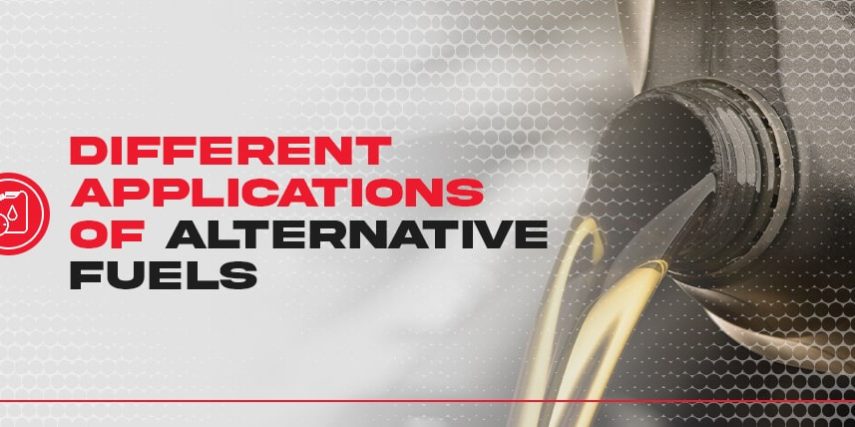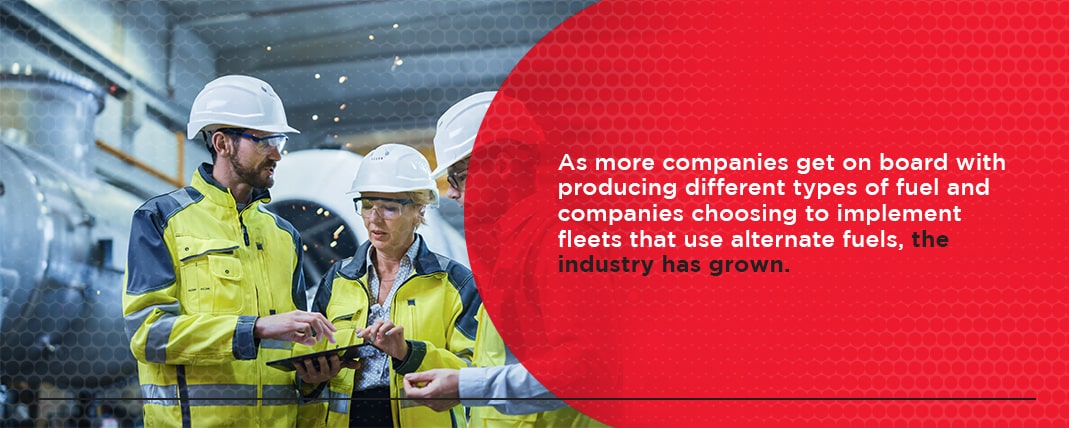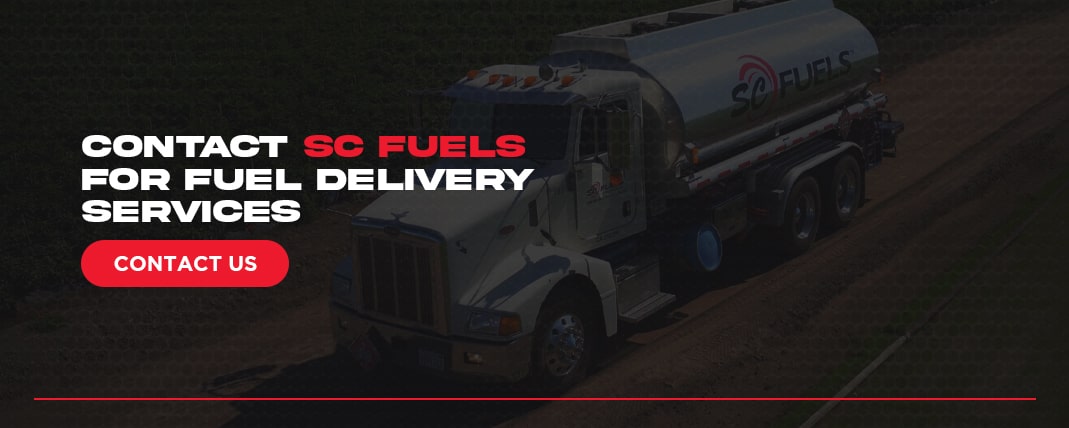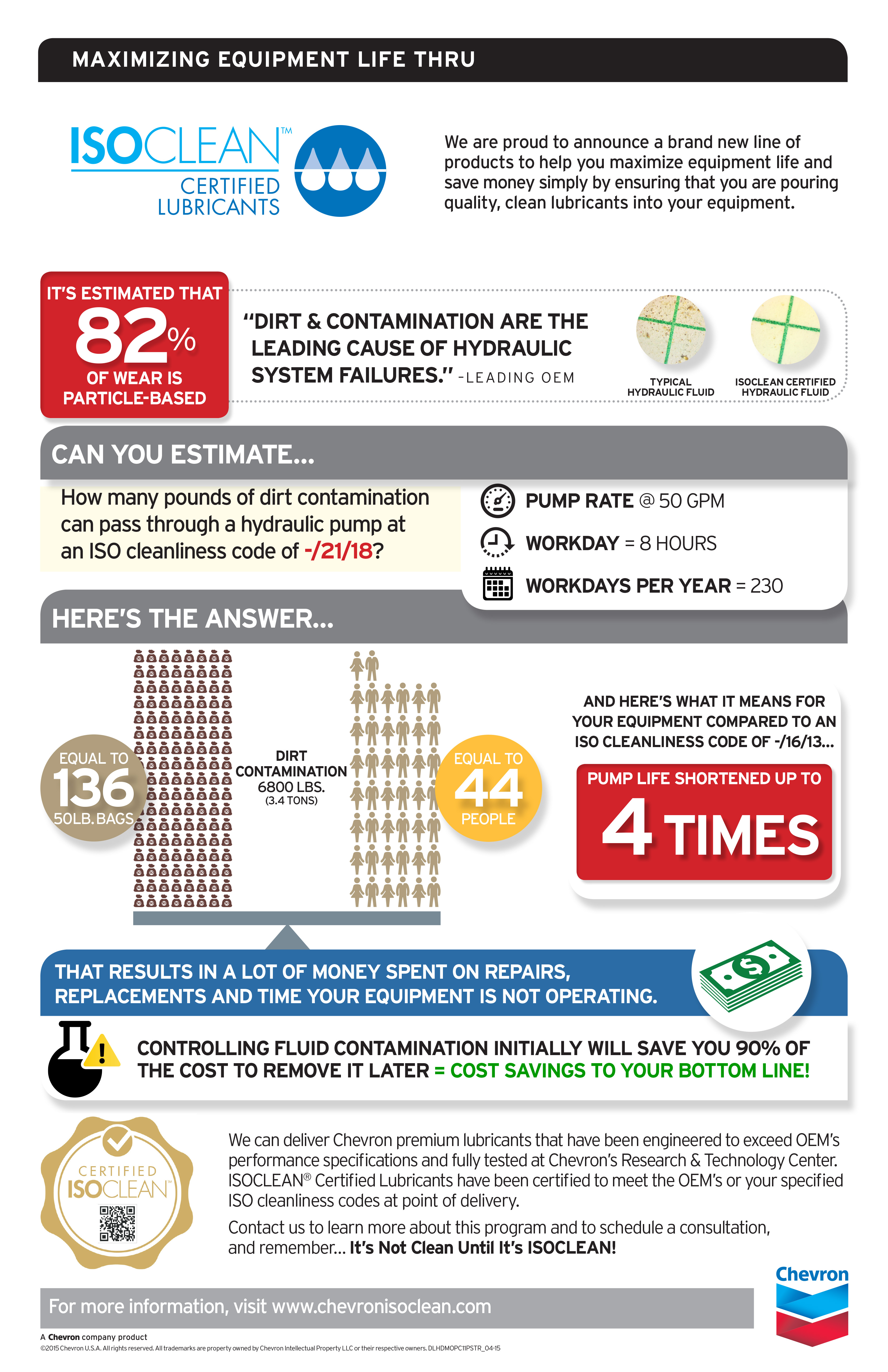The topic of alternative fuels has steadily trended upward and, more recently, has come into the spotlight. Issues such as global warming, increasing fuel costs, and new technologies have propelled alternative fuels and alternative fuel vehicles forward.
Businesses looking to follow environmentally friendly initiatives might consider alternative fuels to power trucks, cars, buses, and other vehicles. Alternative fuels are derived from biomass or other renewable resources to reduce emissions released into the air. Many people are surprised to find that alternative fuels are cost-effective
What types of alternative fuels are appropriate for your applications? SC Fuels describes some of the most common alternative transportation fuels taking over the industry, most of which are produced here in the United States.
Types of Alternative Fuels
There are many different opportunities for businesses to use alternative fuels, regardless of the industry they are a part of. The most prominent alternative fuels are biodiesel, electricity, ethanol, hydrogen, natural gas, and propane.
Alternative fuels are materials other than fossil fuels, like petroleum, that can provide power to machinery and vehicles. The substances that make up the various alternative fuels include biologically derived materials, gasses, and alcohol.
Biodiesel Fuels
Biodiesel is an alternative fuel made from renewable energy sources like animal fats and vegetable oil. This type of fuel is manufactured domestically, helping to eliminate the United States’ dependence on foreign oil. Biodiesel meets both the Renewable Fuel Standard as well as the biomass-based diesel requirements.
If you see the term “biodiesel” on a gas pump, this label is a quick indicator that the fuel grade contains less petroleum than standard diesel fuel. Biodiesel is a diesel alternative fuel that uses a percentage of organic waste to create a fuel type. A transesterification treatment process blends vegetable oils, cooking oils, or animal fats methanol, or ethanol to form a product that gives off fewer carbon emissions. You can think of biodiesel fuels as a product blended with petroleum-based products. However, there are different blends available based on the type of vehicle you drive. Biodiesel fuels are produced in various concentrations alongside petroleum-based diesel.
This diesel alternative fuel type follows a letter and numbering system to know how much biodiesel is present in a mixture. For example, a B20 blend has 20% biodiesel ingredients, while the remainder is conventional petroleum.
Biodiesel fuels are produced in concentrations as high as B100 (pure biodiesel).
Renewable Diesel Fuels
Renewable diesel is commonly known as a green biofuel. It represents another diesel alternative fuel that aims to replace petroleum-based diesel products in the transportation industry. Shipping companies and carriers look to renewable diesel fuels since these solutions meet the ASTM D975 standards for diesel fuel in the United States. Rather than being produced through transesterification methods like biodiesel fuels, renewable diesel is made through a similar process as petroleum diesel and undergoes hydrotreating.
Renewable diesel is produced from animal fats, plant oils, and used cooking oils. Biomass materials undergo hydrotreating, gasification, hydrothermal processing, and other forms of treatment to be used in diesel engines. One significant distinction of renewable diesel fuels is that they are chemically the same as petroleum diesel. However, they meet low carbon fuel standards. Renewable diesel can power conventional auto engines without being blended with diesel fuel produced from crude oils. Renewable diesel is 100% compatible with existing engines and infrastructure.
Ethanol
Ethanol is a form of “biomass” fuel that is derived from various plant materials. The starch from corn grain is the main component of ethanol across the United States. Ethanol, similar to biodiesel fuels, is often blended with petroleum to reduce the air pollution petroleum produces.
Ethanol makes our list of alternative transportation fuels since the solutions include corn and plant materials with fewer greenhouse gas emissions.
Like biodiesel fuels, ethanol blends are categorized by a specific letter and numbering system. The letter “E” followed by a number tells fleet management personnel how much ethanol is in a gasoline or diesel mixture. For example, an E10 blend contains 10% ethanol. These variations include E10, E15, and E85, the latter of which can be used by flexible fuel vehicles.
Based on the Alternative Fuels Data Center reports, nearly 98% of all gasoline sold in the U.S. contains ethanol.
Electricity
Under the Energy Policy Act of 1992, electricity has been considered an alternative fuel. There are many ways in which electricity can be produced, including other renewable resources like wind, solar, and hydrogen. The popularity of choosing electricity has driven various types of cars to be built with varying capacities in how they utilize the fuel.
Hydrogen
Hydrogen is another alternative fuel under the Energy Policy Act of 1992. Hydrogen coupled with fuel cells provides high efficiency and quick fill time. The ability for hydrogen to be produced domestically is another reason for its great potential. An electric motor paired with a fuel cell can run two to three times as efficiently as a regular combustion engine.
Natural Gas
Natural gas is a highly clean-burning alternative fuel that comes in the form of liquefied natural gas (LNG) and compressed natural gas (CNG). Natural gas is currently an uncommon way of fueling vehicles as only about 0.1% of production is used as vehicle fuel.
Propane
Propane’s main uses include powering utilities for homes and industrial applications. This clean-burning fuel has a high potential for vehicle fueling purposes due to its domestic availability and low costs.
Alternative Fuel Usage Trends
Alternative fuels have seen an overall increase in production in the last decade. As more companies get on board with producing different types of fuel and companies choosing to implement fleets that use alternate fuels, the industry has grown.
British thermal unit (Btu) is used throughout the energy industry to measure and compare different types of energy. This unit measures at sea level how much energy is needed to raise one pound of water one degree Fahrenheit. Since 2010, the use of renewable energy has seen increases over three quadrillion Btu. The data for the last decade shows that the use of alternative fuels is not dwindling and, in fact, becoming a more prominent option in the energy industry.
Applications of Alternative Fuel
Alternative fuels have the potential to serve various industries, including energy production and, most notably, the transportation industry. As pressure mounts in the energy industry to find alternative means to fossil fuels, the transportation side has seen a spike in alternative fuel usage. Electricity has seen the most significant increase in vehicle use, and the race to provide a car that outperforms current gasoline cars — at a comparable price — is on.
Both diesel vehicles and regular gasoline vehicles can take advantage of using alternative fuels. These vehicles are not necessarily new but are qualified to use fuels like biodiesel and petroleum mixed with ethanol. Many flex-fuel vehicles are on the market, tapping into these blended alternatives.
The gaseous forms of alternative fuels lag behind in popularity for vehicles, especially in the U.S., and are seen more in home and industrial applications. Each type of alternative fuel shares a unique set of benefits that will help shape the future of fuel in the transportation industry.
Future of Alternative Fuel
We are at the beginning of the future of alternative fuel. Even though alternative fuels have existed as a means of providing energy for vehicles since the 1990s, the idea has not stuck. Much of this has to do with the infrastructure for these various fuel types.
Until recently, building an extensive network was an expensive feat. For the new technology and fuel alternatives to become mainstream, they need to become better and cheaper than the existing fuel and technology. Several options are close to becoming more widespread and accepted:
- Crops to produce biofuels are effective, but they can only replace a small percentage of current fuel needs.
- Cars that use fuel cells are ultra-clean but are still years away from becoming a suitable replacement for petroleum.
- If gasoline prices remain high, consumers will likely look for a hybrid alternative to reduce fuel costs.
The next evolution of hybrid cars is the plug-in hybrid model that allows the vehicle to run on cheaper, cleaner fuel with the assistance of petroleum for longer trips. In the near future, we will see improvements in each fuel type that will bring them closer to reducing petroleum use, improving fuel economy, and reducing pollution.
Benefits of Alternative Fuels for Transportation
New fuel types provide a wide range of benefits for business owners and commercial fleets. Aside from cost savings and controlling emissions, alternative diesel fuels offer numerous advantages, as they:
- Lower your reliance on imported fuels.
- Provide lubricative properties in some formulations.
- Prioritize fuel efficiency and performance.
- Are widely available in the U.S.
- Lower carbon footprint
Trust SC Fuels for Biodiesel and Renewable Diesel Delivery Services
If you operate out of the Western United States, SC Fuels wants to help you find the alternative fuel sources you require for success. Our family-owned and -operated company delivers biodiesel and renewable diesel fuels to businesses in California and the surrounding states. Rely on our team with over 90 years of experience in competitive pricing and reliable service.
Contact us online for further details about what we can do for you.










